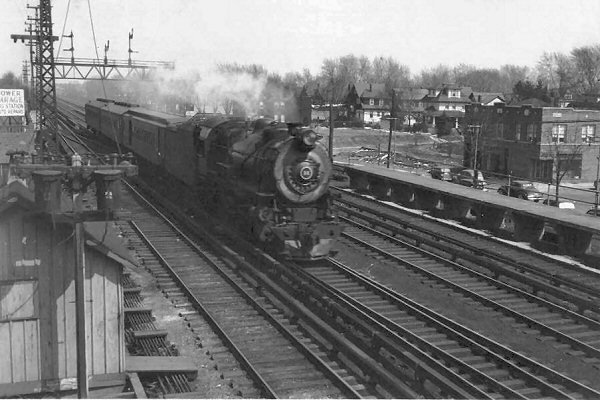by dukeoq
No, Doug, it does not predate my time, but it may as well have.
I walked the branch in 1958 to get physical characteristics and Vanderveer team yard was there.
Of course, in those days I had no camera with me and if I did, I would only have been interested in taking a shot of a steam locomotive pounding rail on the line. Since there were no steam engines operating at the time and it didn't occur to me to take pix of buildings, I have no picture of the old Victorian style freight house that stood in the yard.
That building looked like it could have been there since the Bay Ridge connection was built back in the 1800s. (I didn't ask, but the freight agent inside looked like he could have been there that long, too)
Next time I went down there, in service about 1963, the building and yard were gone.
These were Goodfellow days and his idea was "If it's old, tear it down"
I walked the branch in 1958 to get physical characteristics and Vanderveer team yard was there.
Of course, in those days I had no camera with me and if I did, I would only have been interested in taking a shot of a steam locomotive pounding rail on the line. Since there were no steam engines operating at the time and it didn't occur to me to take pix of buildings, I have no picture of the old Victorian style freight house that stood in the yard.
That building looked like it could have been there since the Bay Ridge connection was built back in the 1800s. (I didn't ask, but the freight agent inside looked like he could have been there that long, too)
Next time I went down there, in service about 1963, the building and yard were gone.
These were Goodfellow days and his idea was "If it's old, tear it down"
